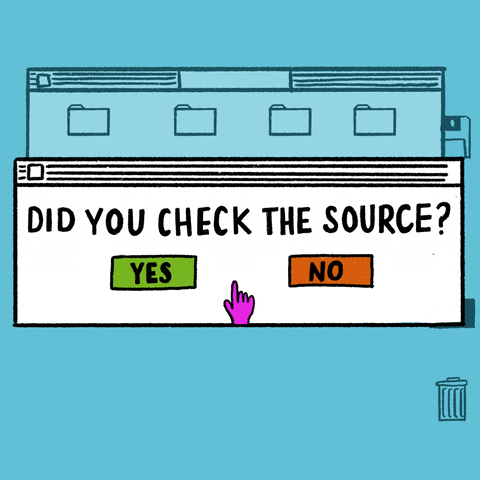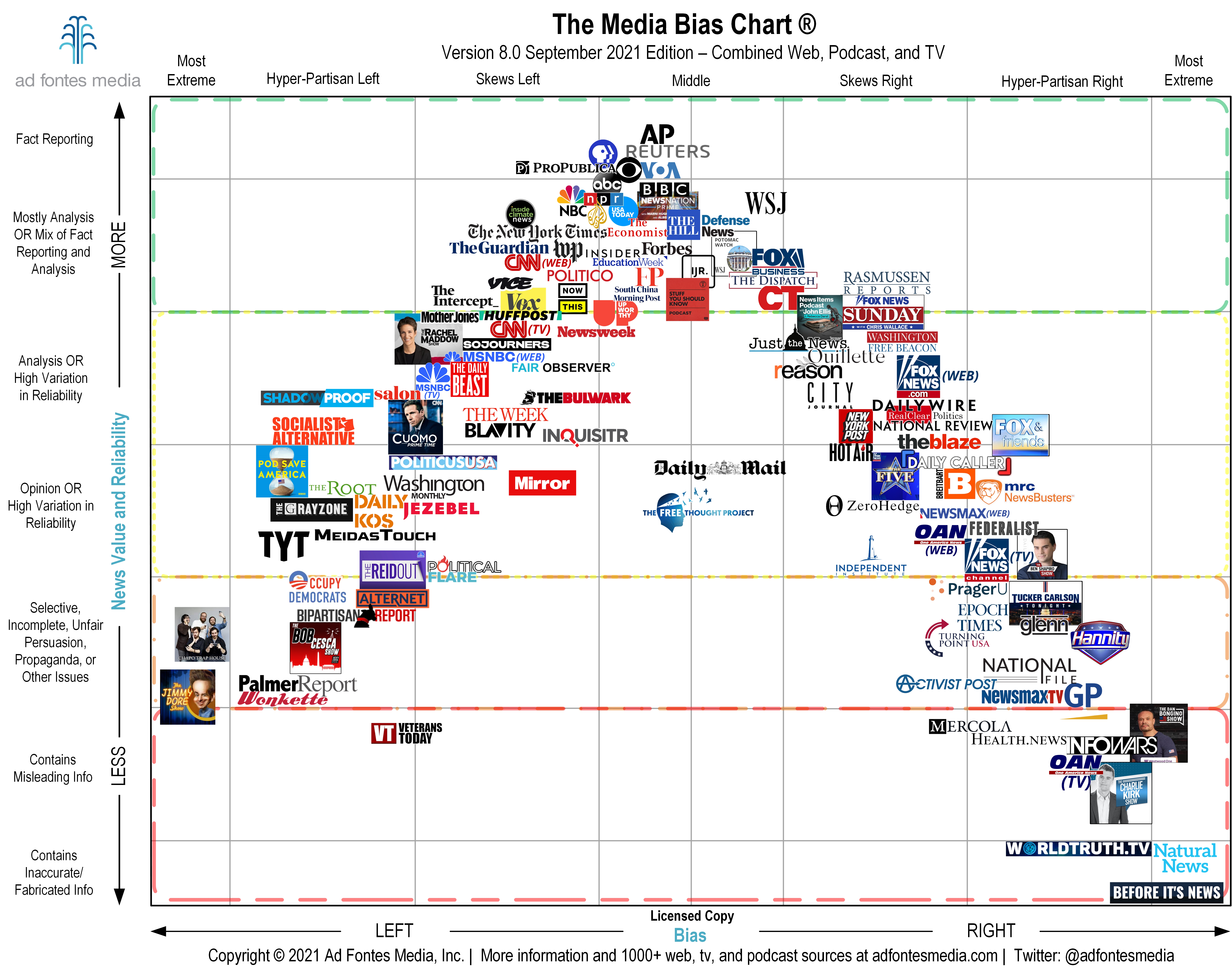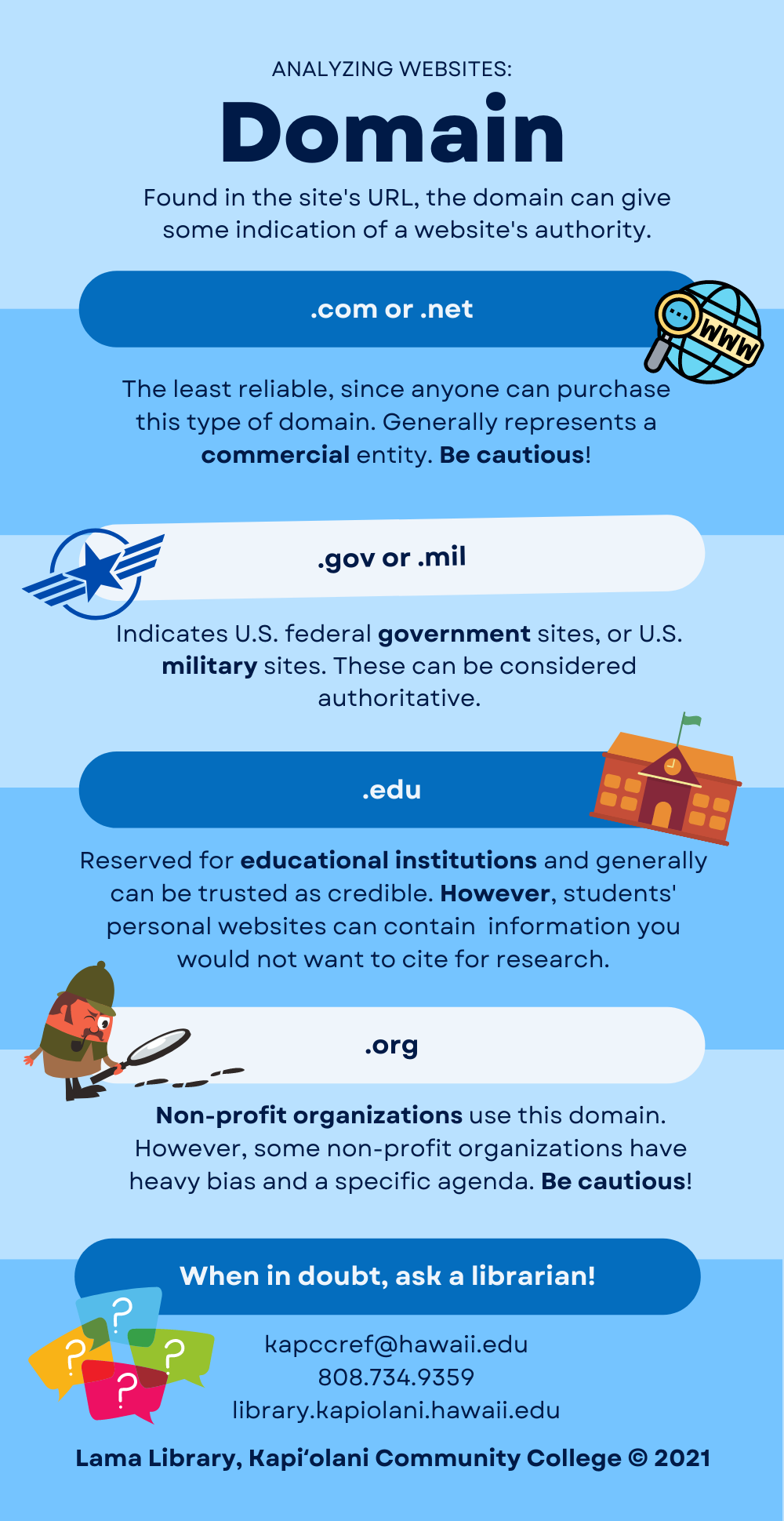

Welcome to Module 01: Authority is Constructed and ContextualWe will be learning about 1) the source, or authority, behind various information resources; 2) what makes someone an authority; and 3) that the context in which research is being conducted matters and affects what sources can be considered authoritative. We will also learn about how to identify the authority on a resource, confirmation bias, website domains, and recommended approaches when encountering information. |
 via GIPHY |
The following video explains the concept behind this module: Authority is Constructed and Contextual. Let's take a look at the importance of understanding the authority behind various information resources, in addition to the context in which you are doing your research. Check out the video for more info.
Authority is Constructed and Contextual (1 min. 55 secs.)

You just watched a video that explains the concept: Authority is Constructed and Contextual. Jared was confused because he sees his pastor as an authority figure, but in the context of his college class assignment, his instructor wanted him to utilize sources considered authoritative in academia. There are different types of authority that exist, but the context in which you are performing your research, also matters. When doing personal research, you probably wouldn't need a scholarly, peer-reviewed article to find the answer to all your questions, but it is something your instructor may require for class assignments.
The following video provides a walkthrough on how to identify the authority on two types of articles. It also helps explain what makes the creator an authority on the topic being covered.
Identifying Authority in Resources Found Online (4 min. 01 sec.)
The following video was created by librarians at the Frances Willson Thompson Library at the University of Michigan-Flint. It provides a brief walkthrough to help you identify academic or scholarly articles that you might find online. These tips will help you determine whether an article would be a good resource for your research.
How to Tell if an Article is Scholarly or Academic (3 min. 18 sec.)
Sometimes you might be wondering about the different media outlets that exist. The Media Bias Chart below was licensed and provided by Ad Fontes Media, Inc., an organization founded by attorney Vanessa Otero. The chart helps visualize many national media outlets by analyzing news value.
News Value and Reliability, is measured along the vertical Y-axis. The higher up or down a source sits, illustrates the level of fact reporting and/or analysis (found as you go upwards) vs. propaganda, persuasion, and/or infacutal information (found as you go downwards). Political bias, is measured horizontally, along the X-axis, with bias placed as either left, or right-leaning.
As a note, other media bias charts exist, and media bias charts (including this one) should not be thought of as the only tool you use to evaluate a media source, but they can help!

Click here to download a copy of the static Media Bias Chart.
You can view and download the static Media Bias Chart v.10.0 from August 2022 at the link above; and if you cannot easily find the media source you are analyzing on the static chart, you can check out the interactive version of the chart online, where the public/free edition lets you perform up to 5 unique source searches a day. If your source does not appear in the chart, you should keep searching online for more info about the source in question. *optional: This video helps you use the interactive chart.
Do you know what Confirmation bias is? Check out this video from the host of Above the Noise, Myles Bess, as he breaks down the research around why our brains love fake news.
Why Do Our Brains Love Fake News? (5 min. 20 secs.)
Another way to help evaluate information found online, is to analyze the authority of the website you find it on. The following infographic provides information on the domain which can be found in a website's URL field. This can be another method of analyzing the source or authority of a website.

Please look through the following presentation, which provides you with a summary of the main topics that were included in this module, Authority is Constructed and Contextual, and some additional, key terminology.

Telephone: (808) 734-9359
Facsimile: (808) 734-9453
Text a Librarian: (808) 201-2986
E-mail: kapccref@hawaii.edu
Facebook: www.facebook.com/kcclibrary
Instagram: instagram.com/kcclibrary - #kcclibrary
Blog: guides.library.kapiolani.hawaii.edu/blog